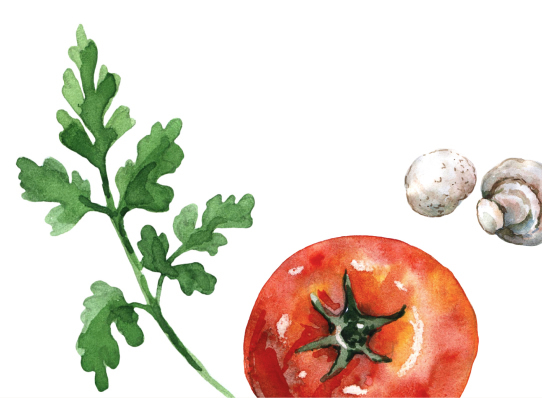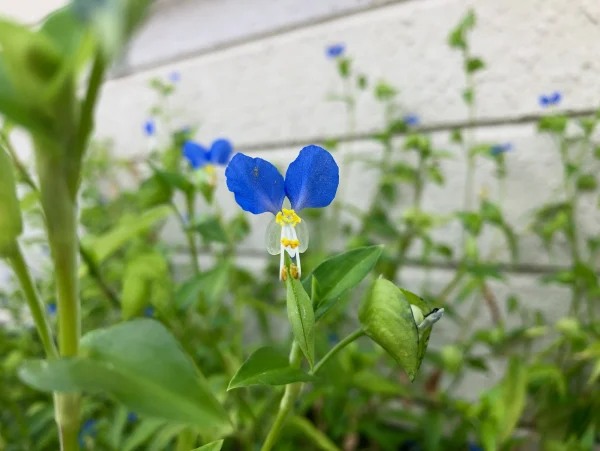
Cooking with Edible Weeds
Chefs Anastassia and Mike Deuel share how cooking with edible weeds transforms overlooked plants like dandelion, plantain, and mullein into delicious, sustainable dishes.









As part of our Chefs’ Choir(SM), Anastassia and Mike Deuel add their voices to our celebration of food and inspiration from the kitchen. In this story, they explore cooking with edible weeds like dandelion, plantain, mullein, wild lettuce, and Asiatic dayflower. These resilient plants are often pulled out as nuisances, yet they have been valued for centuries as both food and medicine. First, the chefs describe how these plants thrive in their own garden. Next, they show how each one carries unique flavors and health benefits. More than that, they share recipes that transform weeds into meals — from a bright salad to crisp fritters, plus a calming tea. As a result, readers learn that sustainability can begin right at home, by cooking with what already grows underfoot. Finally, Anastassia and Mike remind us that edible weeds connect us to tradition, to the land, and to each other.
As chefs, we’re trained to seek out the finest ingredients—rare mushrooms, heirloom tomatoes, aged vinegars. But sometimes, the most powerful ingredients grow right under our noses, often overlooked or ripped out and tossed aside. In our little garden patch, among the kale and tomatoes, we let a few “weeds” grow wild on purpose. These aren’t just invasive plants, they’re ancient food and medicine, free and nutrient-rich, just waiting to be rediscovered.
Today, we want to introduce you to five misunderstood plants that thrive in neglected corners of gardens, sidewalks, and backyards: Spiky wild lettuce, Plantain, Mullein, Asiatic dayflower, and Dandelion. We forage these by hand, with our little one strapped to our chest or exploring with us and bring them straight to the kitchen. Here’s how we use them for their health benefits and flavor, and how you can too.
Don’t let the spines scare you—spiky wild lettuce is a powerful medicinal plant with natural pain-relieving and sedative properties. The leaves of this edible weed are bitter, similar to chicory or dandelion greens, and best eaten young. We harvest them early in the season and use them sparingly.
Benefits: Natural pain relief, calming properties, digestive aid.
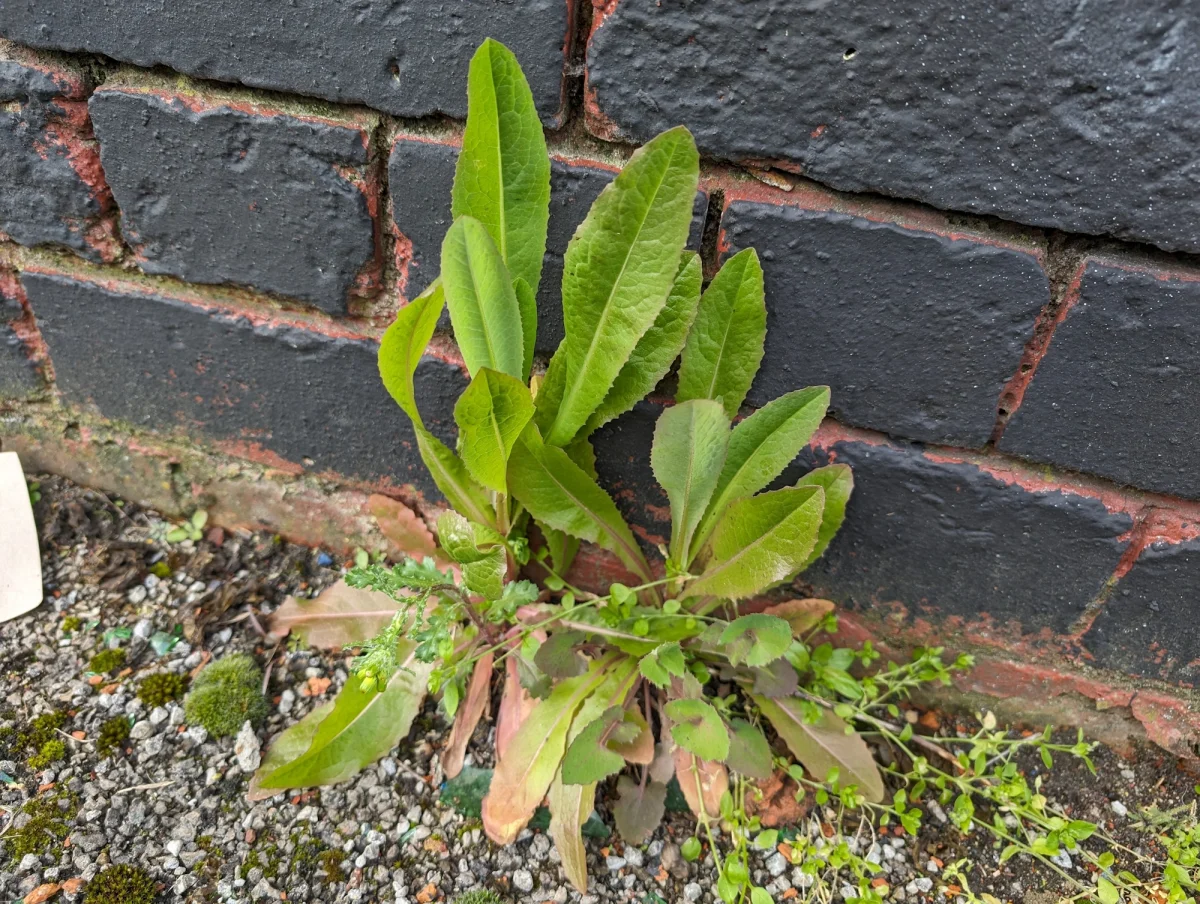
This low-growing leafy plant (not the banana!) is everywhere. Its broad or narrow leaves are rich in calcium and vitamins A, C, and K. It’s anti-inflammatory and helps with gut health and skin repair. We love cooking with this edible weed – check out our recipe for Plantain and Mullein Greens Fritters!
Benefits: Wound healing, gut health, anti-inflammatory.
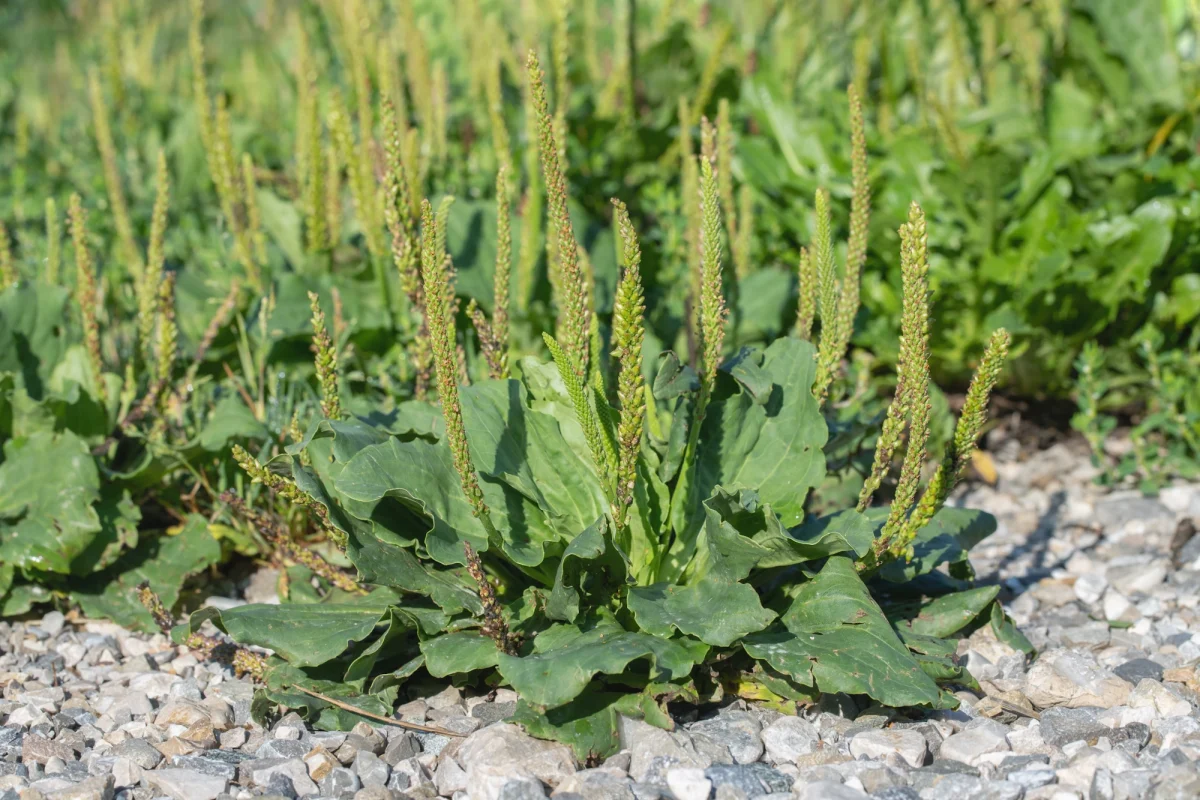
Those soft, fuzzy leaves make fantastic herbal tea for respiratory support. We dry mullein in bunches and store it for the cold season. You can also cook the young leaves like collards, though they’re best blanched first.
Benefits: Lung support, anti-inflammatory, soothing to mucous membranes.
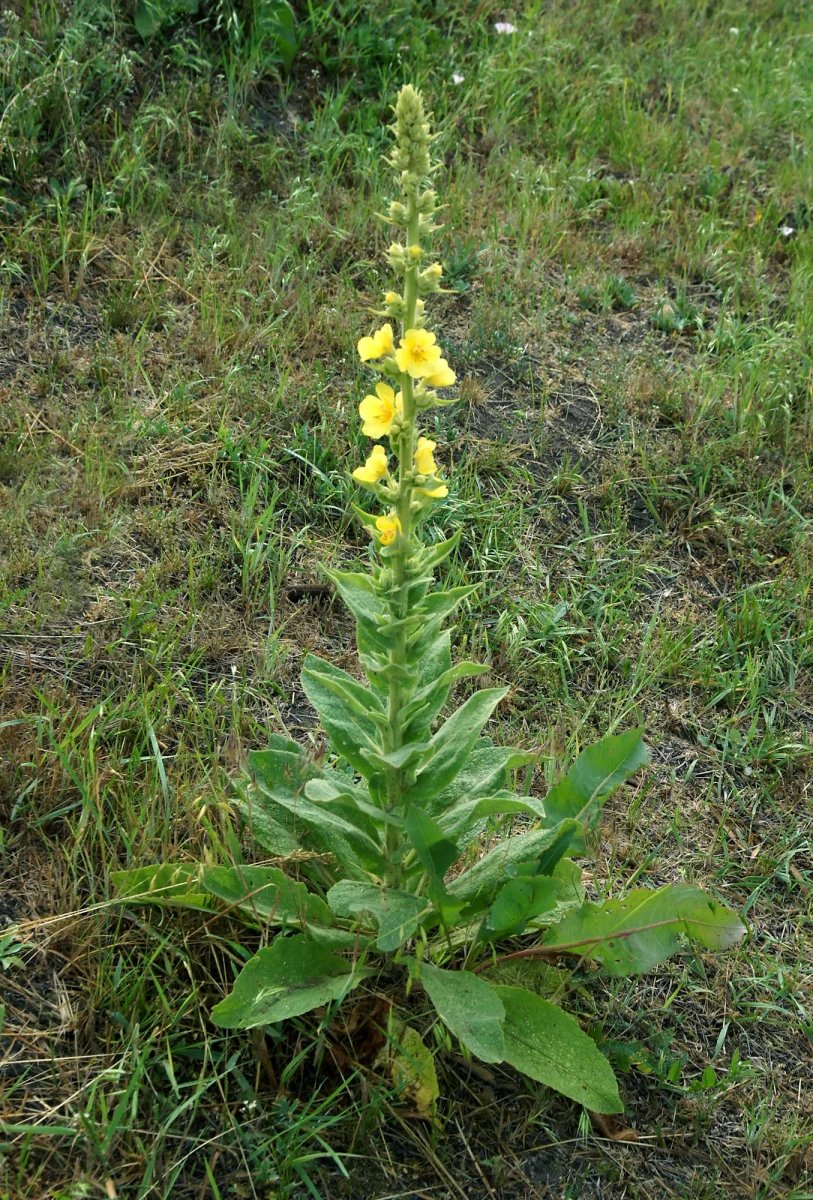
These vibrant blue flowers and tender stems are edible and mildly sweet. We toss them into salads or use them to garnish cheese boards. The mucilaginous quality (slightly slimy, like okra) makes them great in cooling broths.
Benefits: Anti-inflammatory, antioxidant-rich, cooling for the body.
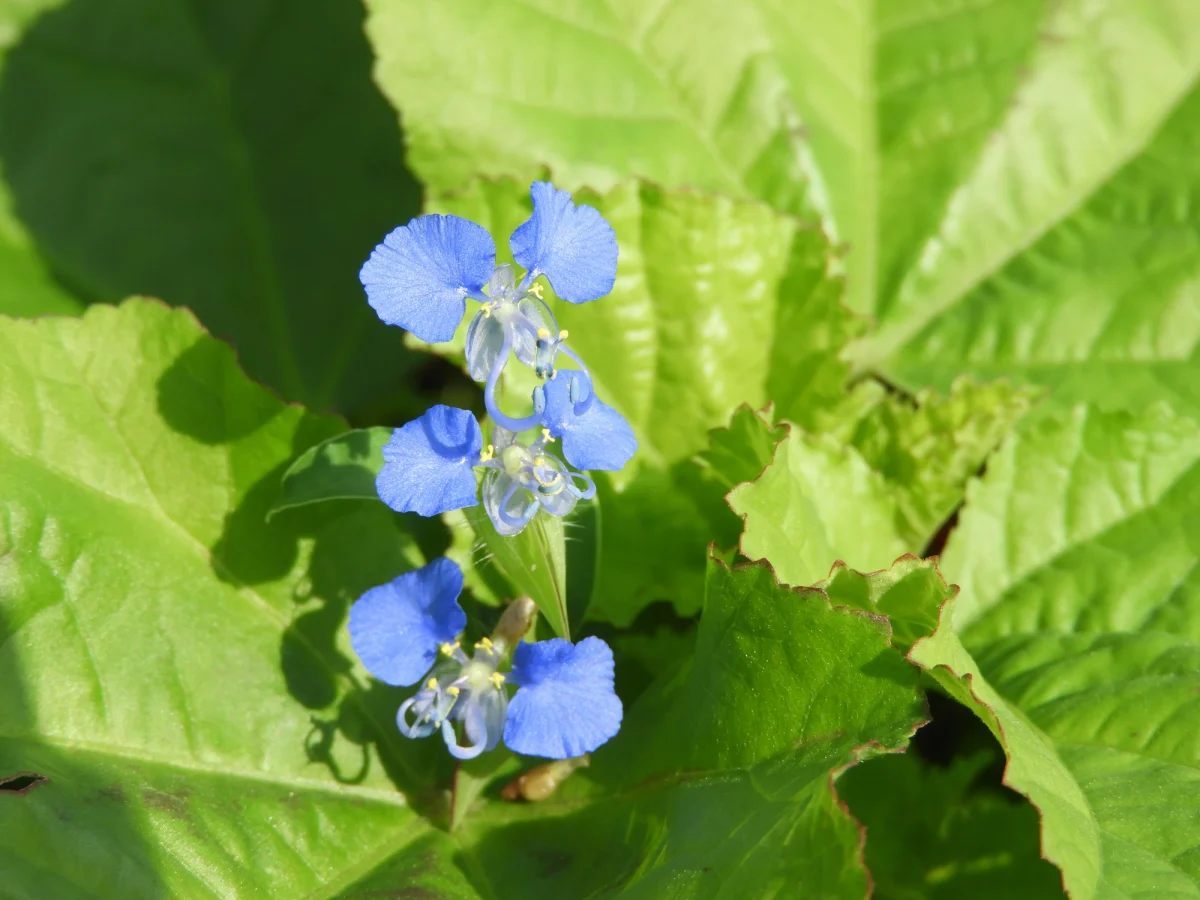
Every part is useful—roots, leaves, flowers. Dandelion is one of the most versatile wild plants, and we use it in everything from salads to vinegars to tea.
Benefits: Liver support, digestive aid, rich in potassium and iron.


Chefs Anastassia and Mike Deuel share how cooking with edible weeds transforms overlooked plants like dandelion, plantain, and mullein into delicious, sustainable dishes.
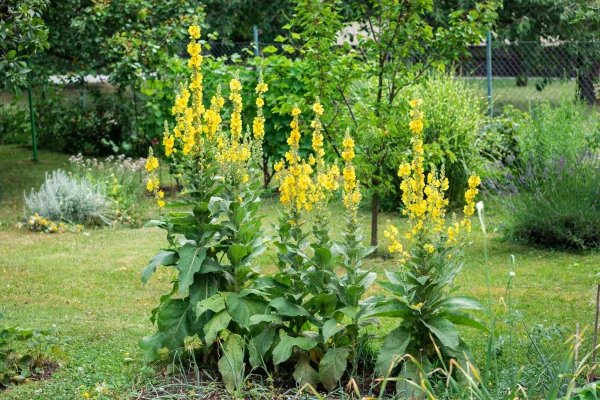
Crispy, savory fritters made with plantain and mullein leaves. A Chefs’ Choir(SM) recipe that transforms overlooked weeds into a sustainable, crave-worthy dish, perfect with lemon or a yogurt dip.
Steep 1 tsp dried wild lettuce and 1 tsp dried mullein leaves in hot (not boiling) water for 10 minutes. Add a spoonful of raw honey and sip before bed for calm nerves and restful sleep
Working with wild plants makes us feel more connected—not just to our land, but to ancient traditions that honored and respected every growing thing. These so-called “weeds” remind us to slow down, observe, and nourish ourselves with what’s already here. They’re flavorful, healing, and resilient. Just like a good meal shared with family.
So next time you see that patch of “unwanted growth” in your garden, take a closer look. You might just find your next favorite ingredient.
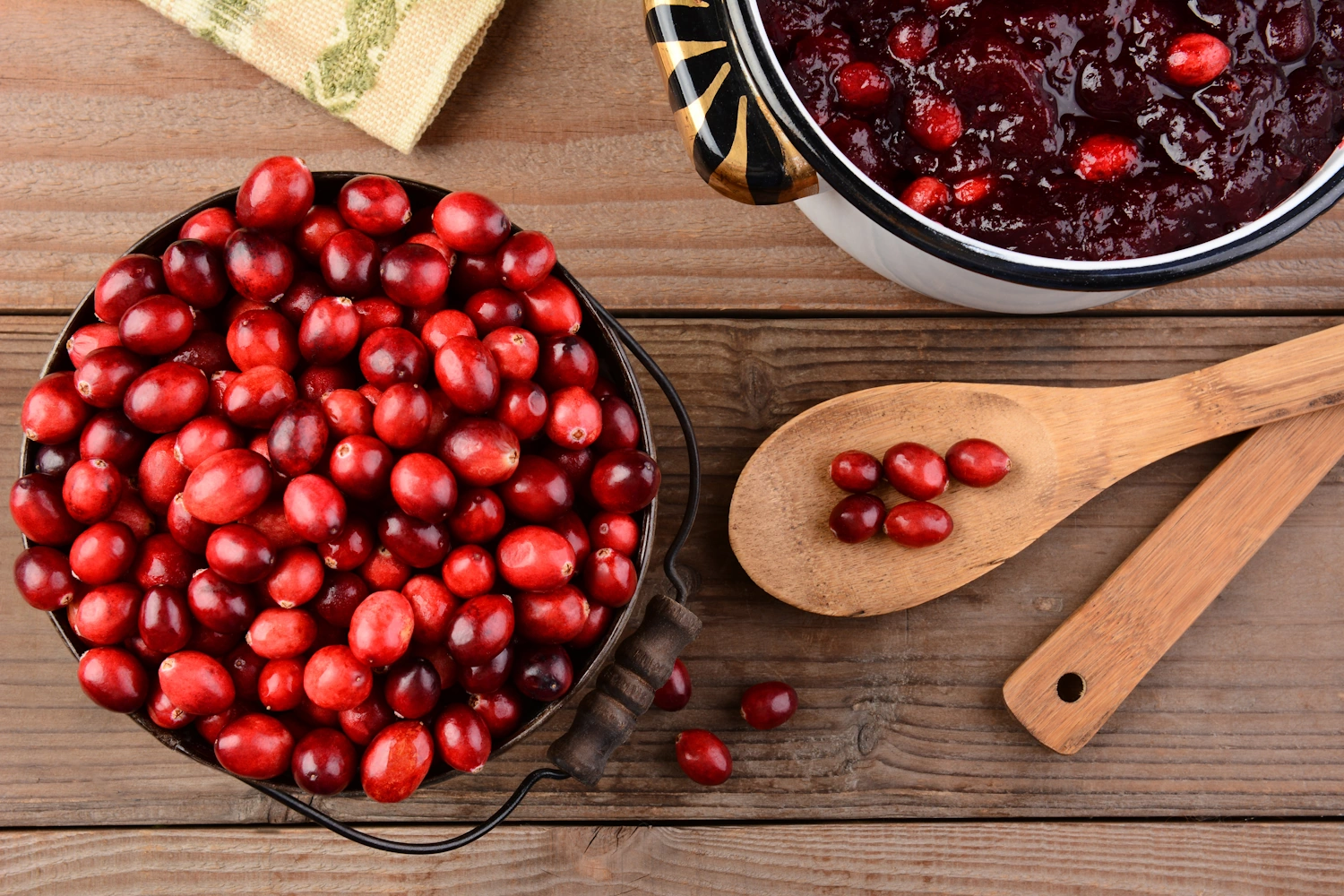
As part of our Chefs’ Choir(SM), Anastassia and Mike Deuel add their voices to our celebration of food and inspiration from the kitchen. ...
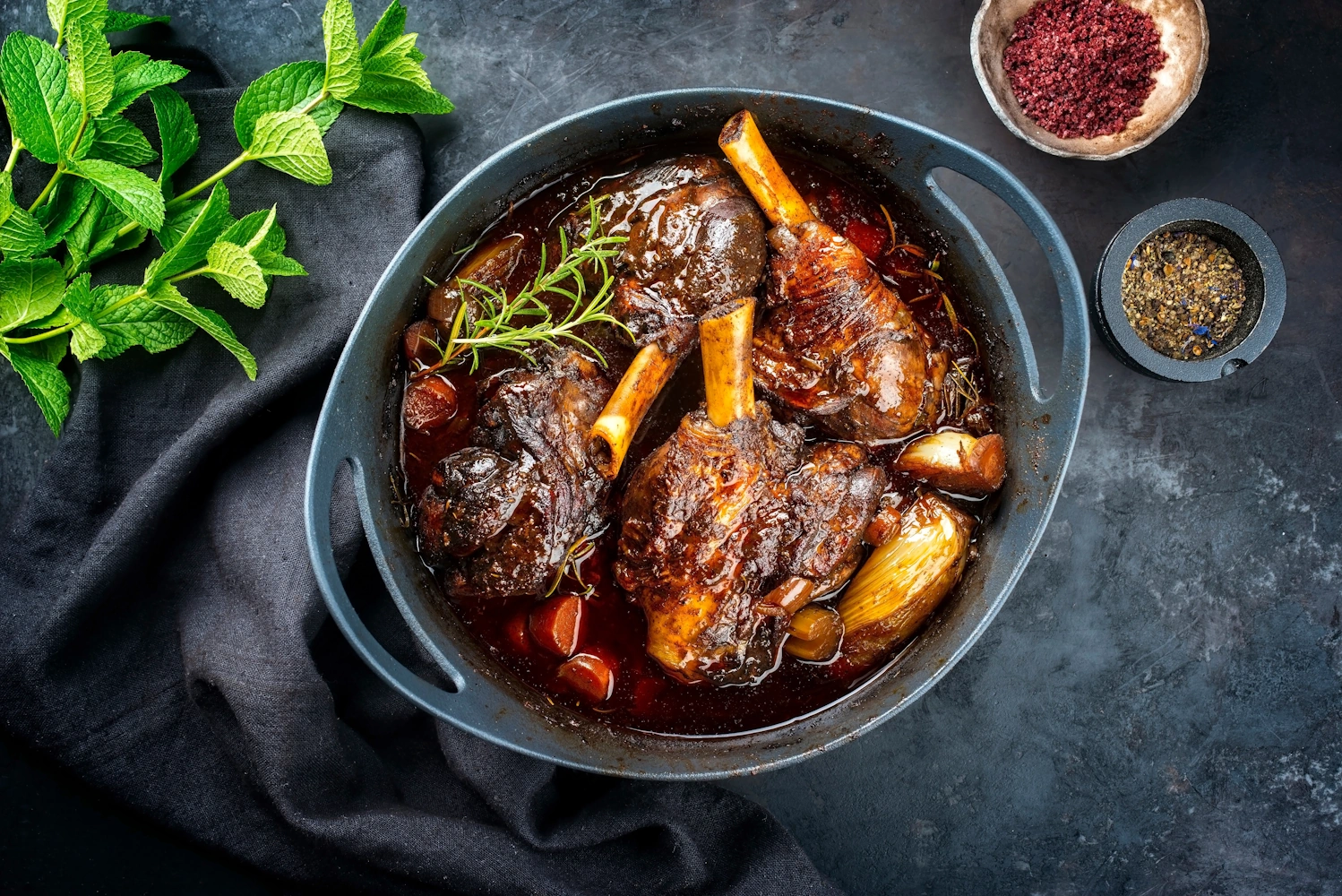
Chef de Cuisine Omar Hegazi shares a recipe for a braised lamb shank, perfect for a holiday feast...
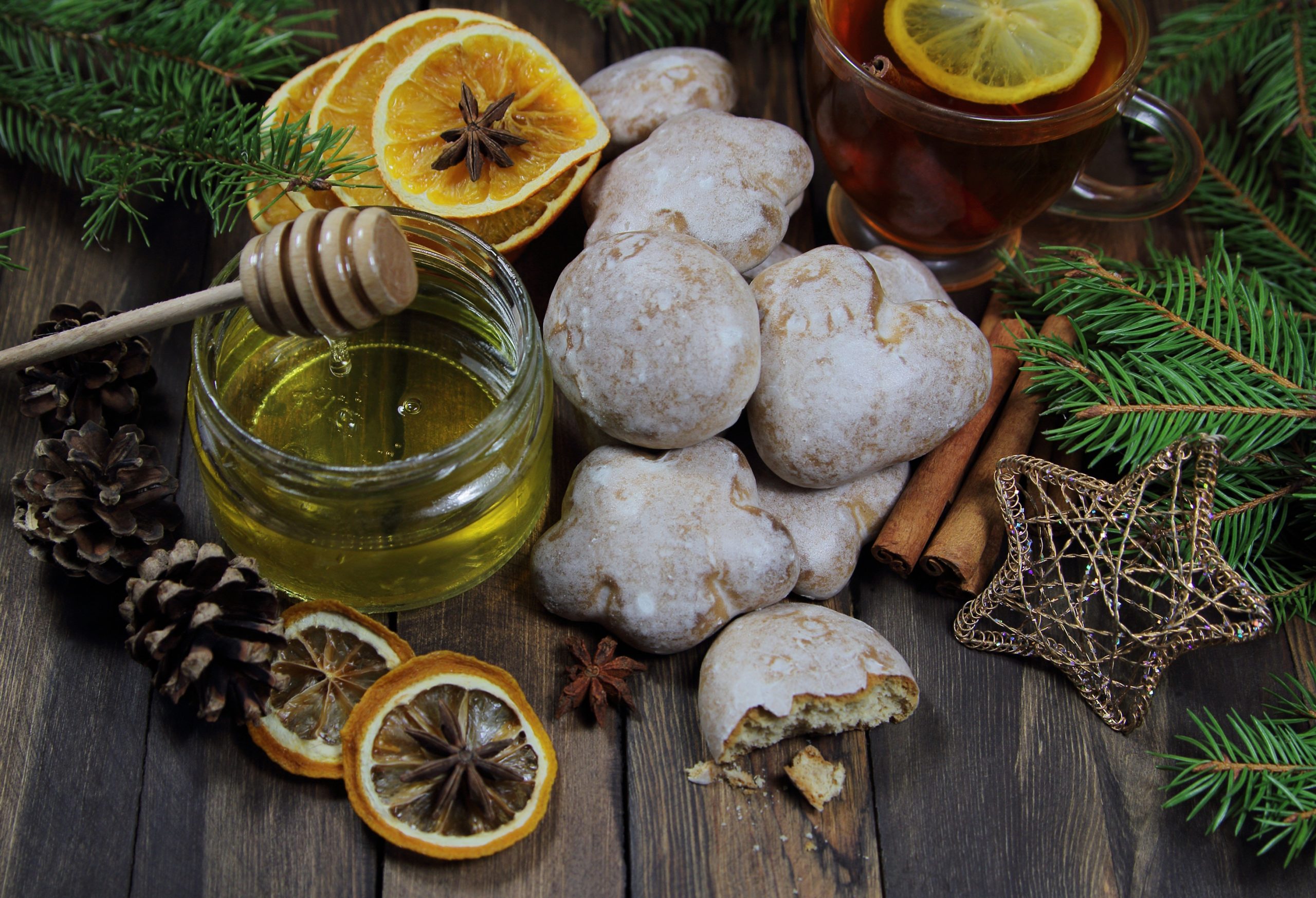
Inspired by Anastassia’s Russian roots, these soft honey cookies are easy to mix, fun to shape, and perfect for little helpers to decorate...
Food is
caring
